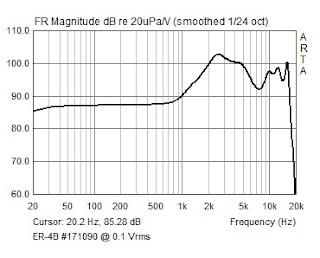Essentially there are 4 types: Over the ear(open and closed back), on ear, ear buds, and canal phones.
Then there is isolation, portability, amplifier compatibility, comfort, and imaging effects on the recordings you'll likely play.
As far as portability and isolation are concerned, nothing will beat canal phones. Unfortunately many of them have 2 low of an impedance to mate well with home stereo headphone amplifiers. A couple buck the trend--Etymotic Kids and their ER-4S and 4B with 300ohm and 100ohm rating. They will work with pretty much every amplifier and they'll have better isolation than pretty much any headphone available. Due to the high isolation they will also have the most inside the head sound with most recordings and perhaps have the most tonal issues b/c they'll bypass you head, shoulders, and pinna. The tonal issues are not necessarily the case as we'll see later. Since most all commercial recording are EQed using stereo speakers, manufacturers of canal phones with have to take this into account. Since no 2 people are the same, no universal curve will work. Having something shoved in your ear canal can be a little disturbing and even painful and insertion depth will have an impact on the sound. Rin Choi on insertion depth
Ear buds have a number of issues as well--all the same ones as the canal phones, but also don't isolate as well and have more trouble staying in your ear. In general they won't have very good fidelity and will be bass deficient because they won't seal, but they're probably safer to run with than the canal type because you can still hear the outside world (cars, bicycles, skateboards, rabid children, etc...) and are just as portable.
On ear headphones are fairly portable and offer even less isolation than ear buds/canal phones. They do allow some of the listener's pinna to come into play and could have better tonal accuracy than the ear bud/canal types if as well designed.
Over the ear can be broke down into the closed back and open back types. The both allow for the listeners pinna to shape the sound more naturally. The closed back will of course offer better isolation and have a tendency to image inside the head more than the open back. If you want to monitor your own recording however, this has it's advantages. The impedance with 'cans' tend to work better with home stereo equipment as well.
A couple great sites to get you started:
Golden Ears
Head Room
PCMag
Just found!!! THE HEADPHONE MASTER
Inner Fidelity
Headphone Info
Let me know if you have some other ones.
Doctor Head
Flauschigerbaer
The currently accepted ideal headphone frequency response is more than somewhat debatable. Generally the diffuse field EQ is applied in order to subjectively sound the most flat. When measured at the eardrum, the curve should look like one of the below:
 |
| taken from: Rin Choi |
 |
| taken from: Rin Choi |
 |
| taken from: Rin Choi |
 |
| taken from: Rin Choi |
 |
| Diffuse vs. Free Field EQ from B and K via Golden Ears |
 |
| taken from: Rin Choi |
Those graphs are prior to the reverse EQ is applied to make the graph appear flat.
Further reading:
still not finished here... will update more soon.
A couple headphone measurements I just took with my prototype dummy head:
 |
| Etymotic ER4B |
So headphone positioning can alter the sound significantly. Makes me question how useful these graphs found around the web are. The sites I've found all have significant differences in their graphs.
Here's what HiFi Headphones from the UK got:
Which seems to resemble what they sound like to me.
Now a Beyerdynamic DT770M with a diffuse field EQ as reported by the manufacturer built in:
Looks a lot like the first German Maestro, but with less bass.
Making a frequency response graph of the JBL LSR 2325 beside the dummy head is also interesting:
This speaker measures pretty flat in a quasi-anechoic fashion:
Much to learn yet...










